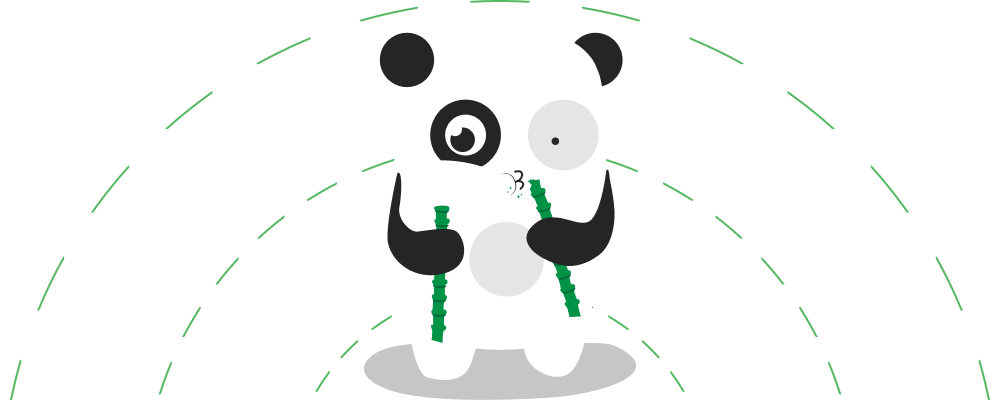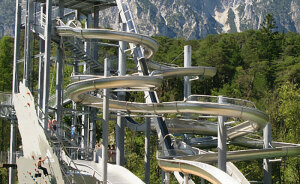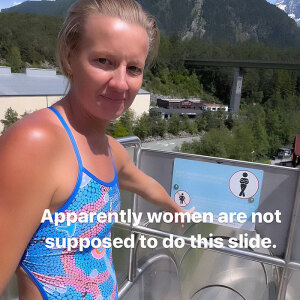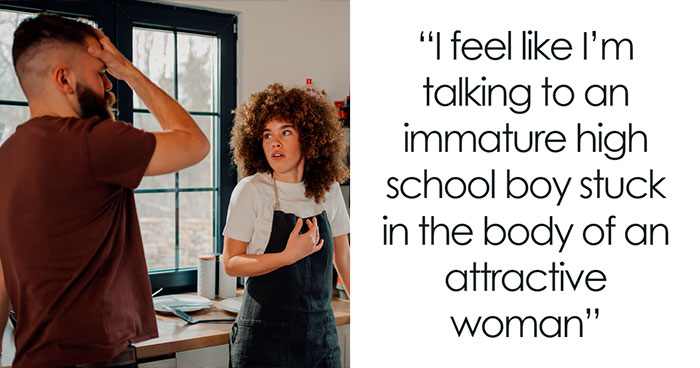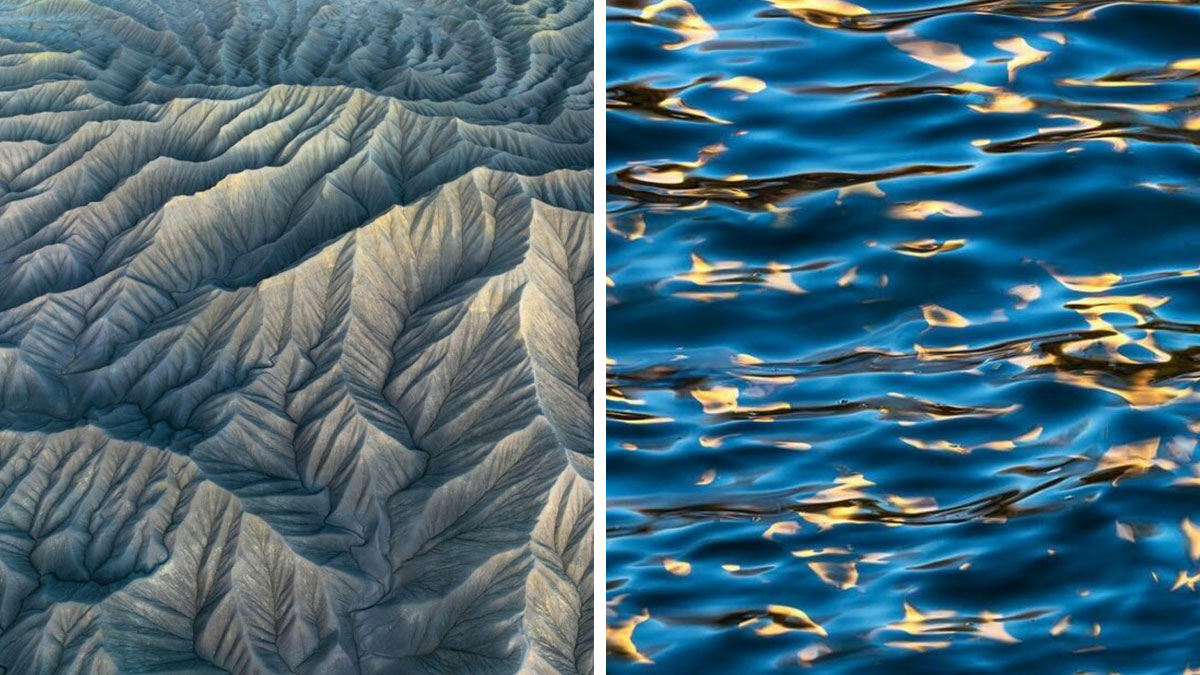
7Kviews
55 Breathtaking Photos Showcasing Nature’s Patterns And Textures By Michael Hindman
Interview With ArtistNature is the original artist, and it is no wonder that so many people look for inspiration in it. Some paint it, some recreate it, and people like Michael Hindman try to capture it through photography.
Michael is a master of creating shots that can feel abstract and intimate, showcasing patterns and textures of nature. He manages to simplify complex landscape compositions into striking images that highlight the raw beauty of the natural world. His work often plays with light, shadow, and perspective, drawing viewers into the intricate details of rocks, water, and foliage. Through Michael’s lens, ordinary scenes transform into mesmerizing works of art, proving that nature’s design is both chaotic and harmonious. “This exploration feels particularly exciting and fulfilling,” wrote Michael.
More info: Instagram | michaelhindman.com
This post may include affiliate links.
In an interview with Bored Panda, Micheal shared more about himself.
“My passion for photography ignited in my teens but truly blossomed after college. Working as a graphic designer in advertising, I collaborated with photographers on client projects, eagerly absorbing every on-set experience. This sparked me to begin shooting my own images for mockups, a few of which were even used in client work. Initially drawn to portraiture, I began by photographing people. This led to a second-shooter position with a wedding photography company, where, after a year, I was promoted to lead photographer, managing a team of assistants. I spent two years in this role, balancing it with my advertising career.
Eleven years ago, a move to California launched my landscape photography journey. The state's diverse landscapes—from its dramatic coastlines and arid deserts to its towering mountains and ancient forests—offered an endless playground of photographic opportunities. Every scene felt fresh and exciting, even if countless photographers had stood in the same spot before me. As my skills developed and my personal style emerged, I began to move beyond iconic locations and traditional compositions, seeking my own unique perspective.”
As Michael’s photos turn landscapes into art, we wondered about a place that inspired one of his favorite shots.
He wrote: “Yosemite holds a special place in my heart. My first visit was a pivotal moment, a stop on my drive from Chicago to California with my dad. For years afterward, I returned three or four times annually, finding solace and inspiration in its majestic beauty. Yosemite profoundly changed me, solidifying my love for the West. Any photograph I capture there that I consider a favorite carries extra significance.
I'm particularly drawn to Yosemite in winter, and I was determined to capture a unique image of Lower Yosemite Fall with fresh snowfall. For five years, I explored the area around the falls, searching for the perfect composition but never quite finding it. Then, one winter morning, the conditions were finally ideal. I had scouted a promising composition, but as I waited for the light, someone inconsiderately sat on a rock in the middle of my frame, ruining the pristine snow. Frustrated, I packed up, thinking my opportunity had slipped away.”
“Instead of giving up, I hiked higher, hoping for a stroke of luck. I knew the shot was out there; the conditions were too perfect to pass up. Anyone who has photographed waterfalls knows the challenge of mist, and venturing closer to the falls was a risk. But, miraculously, I stumbled upon a spot of complete stillness, sheltered from the spray, even though the falls were roaring. Wading into the river, feeling utterly alone in this winter wonderland, I knew I had found it. I finally captured the image I had envisioned for so long: "Corner Pocket." It was a hard-won victory, a culmination of years of searching, and a testament to the magic of Yosemite.”
With 15 years of experience, Michael shared how his approach to photography has changed as technology and trends have evolved.
“I used to feel like I discovered photography later than I should have, and finding my unique voice felt like an uphill battle. So, when affordable camera drones became available, I immediately embraced the technology. I hoped this new medium would offer a fresh perspective and help me define my style. The initial learning curve was steep. I struggled with the early models, almost giving up entirely. But I persevered, upgrading my equipment and honing my skills. Eventually, things clicked, and drone photography became an obsession. I spent countless nights exploring Google Earth and Maps, searching for locations I could simplify and transform into unique images."
My drone has undeniably revolutionized my photography, unlocking compositions and images I never thought possible. However, this new perspective has come at a cost. While it has expanded my creative horizons, it has also altered the experience itself. Often, I'm not physically present at the location when I'm capturing an image. The moment is mediated through the drone's camera, creating a distance between me and the scene. This can make the process feel more like work and less like a deeply felt experience. Despite this trade-off, some of my favorite recent images have been captured from above, and I'm excited to see where this aerial journey takes me next.”
Michael has received many awards and magazine features. The photographer wrote about whether recognition affects how he approaches his work.
“While I appreciate the recognition my work has received, I've consciously avoided letting it dictate my creative direction. Many photography competitions celebrate dramatic "wow" moments in nature. While those are certainly impressive, they're also fleeting and rare. I believe that constantly chasing those grand spectacles can cause you to overlook the subtle, equally beautiful moments that unfold along the way. And while it's true that the most dramatic images often capture the judges' attention, if I had been solely focused on winning competitions, I might never have discovered my passion for abstract photography or learned to appreciate the power of more subtle scenes.”
As for the advice to new photographers, Michael replied: “Never stop shooting. Even if all you have is your phone, keep practicing. Learn to work in all kinds of light because not every photo trip will be blessed with perfect conditions. Don't be discouraged by the seemingly endless stream of incredible images from professional photographers on social media. They're often out shooting every day, a commitment you may not be able to make. Remember, even their most stunning shots might be the result of numerous visits to the same location. Photography is a blend of planning, execution, and a healthy dose of luck. But above all, it's not about the gear you own—it's about how you compose your scene and how you master the light.”
Lastly, Michael added: “Maybe just a quote from Lyndon Johnson. ‘If future generations are to remember us with gratitude rather than contempt, we must leave them more than the miracles of technology. We must leave them a glimpse of the world as it was in the beginning, not just after we got through with it.’”
That looks like a burn scar with beautiful life growing where there was death.
That looks like it could be one of those chemical ponds in… Yellowstone I think?
I am pretty certain that many of these are from Zabriskie Point, Death Valley.
👍. BP staff: "They like celeb!". Hidrėlėy: "They like nature, art, cats, dogs, lets give them that!"
Load More Replies...👍. BP staff: "They like celeb!". Hidrėlėy: "They like nature, art, cats, dogs, lets give them that!"
Load More Replies...
 Dark Mode
Dark Mode 

 No fees, cancel anytime
No fees, cancel anytime 


